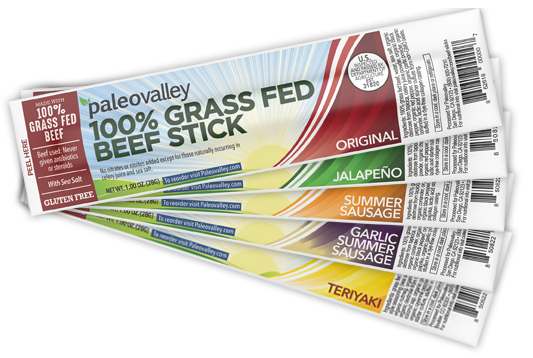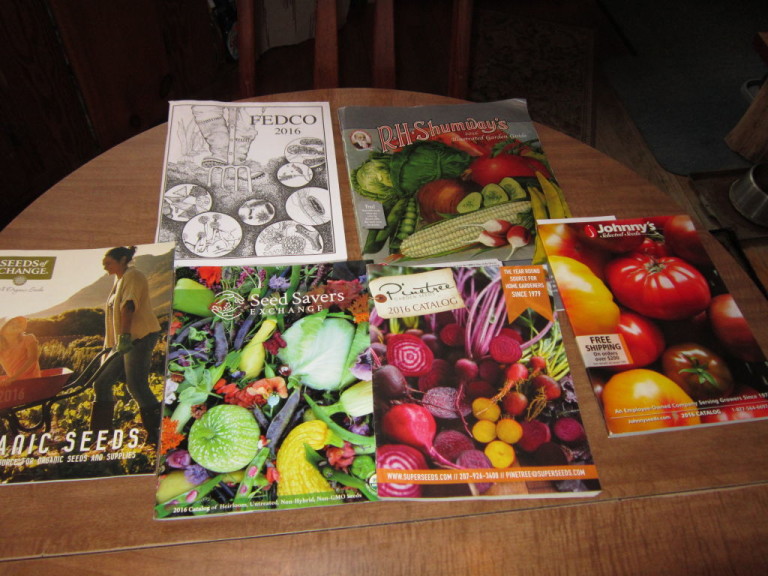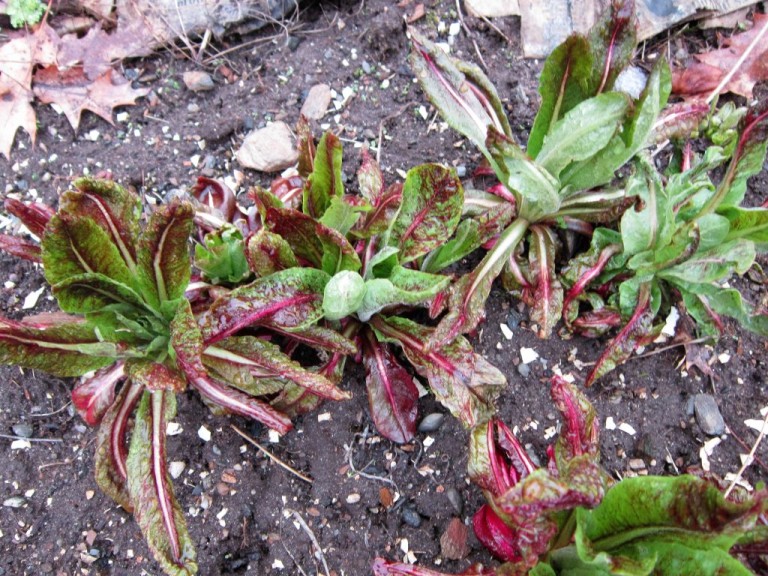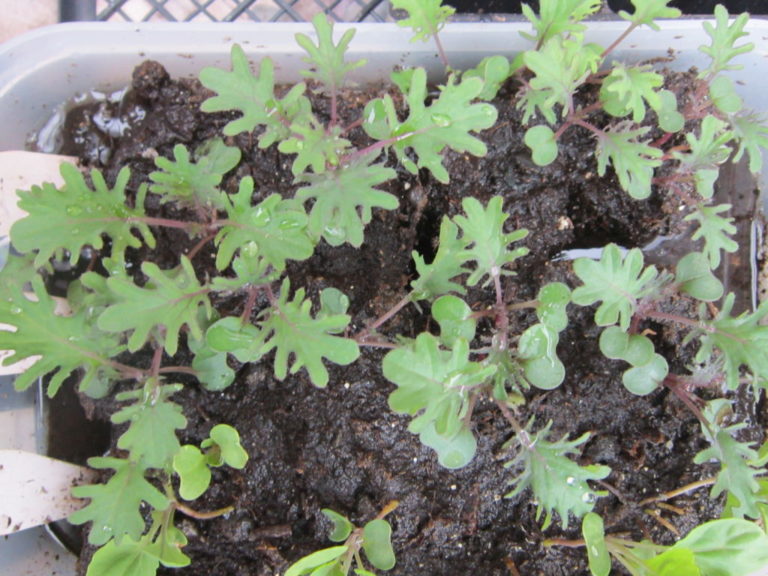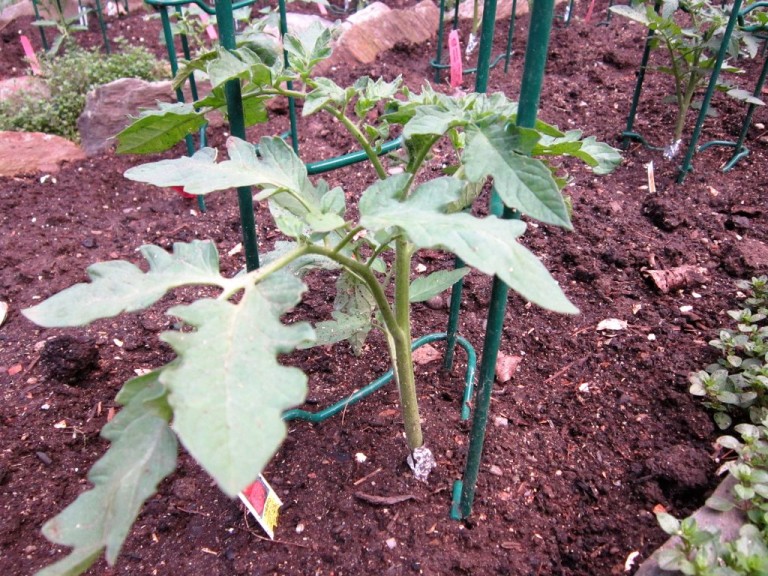Time to Plant the Frost Hardy Veggies
As I write this, it is snowing. And, it is laying on the ground. Our garden still has a foot or two of old snow in many places…and it’s April 6th! Yet, as soon as the snow is gone and the soil can be worked, it will be time to get many crops started in the ground.
Peas and snow peas are traditionally two of the first veggies to be planted. These are two crops that can be broadcasted, meaning planting them everywhere in the bed. Add whatever soil amendments you like to use, fluff it up with a broad fork or a pitchfork, rake it flat and you are ready to go. James Crockett of “Crockett’s Victory Garden” says that “if you are stingy with your peas, they will be stingy with you.” So it is best to put lots of peas in the ground. Toss them around, at least one or two per inch.

Then push them down with your fingers and gently brush some soil over them. These plants will also need something to climb on. You can use old tomato cages tied together, stakes with string hung around every foot or so, or sticks plucked off of the forest floor.

Just make sure that it is sturdy. Peas do not like to rock in the wind. Water well. From this point on, you will need to keep an eye on the moisture levels in the garden. Seeds live in the uppermost part of the soil and this has to stay moist until the plants emerge and send down roots.
Lettuce can also be started now. I like to prepare an entire bed for planting (12 to 14 feet long), but only plant the first two feet. I get the bed ready, take out 1/3 bucket of soil, and rake it flat. This is another crop that I broadcast and plant thickly. Then I place the retrieved soil on top and water well. As they emerge, they will need to be thinned regularly.

At first, I give the small plants to the chickens who love them. They will continue to grow into the spaces made from the thinnings. After every two weeks, I repeat the process. Lettuce gets bitter and bolts to seed after a time so this allows me to have sweet lettuce all summer long. By the time I get to the end of the bed, the beginning is ready to be redone.
All of the brassicas (broccoli, cabbage, Napa cabbage, and Brussels sprouts) can be planted now.

Get the bed ready and rake it flat. Leaving some space at both ends and the middle if it is a large bed for planting marigolds later, create “hills”about a foot in diameter and three feet apart. Put a valley in the tops. They should look like volcanoes and this provides a water catch for the plants. Plant several seeds in each valley and cover with some soil from between the volcanoes. Water well. Kale is also a brassica, but plant this in rows again leaving some room for marigolds. The marigolds will keep the cabbage moth away; a highly desirable thing!
Any of the other cold weather tolerant crops can be planted as soon as the soil is dry and workable. They include: beets, carrots, parsnips, turnips & rutabaga, radishes, Swiss chard, onions, leeks, potatoes (although young leaves should be covered if frost threatens), pansies, snap dragons, and sweet peas.
I generally plant a bed or two or three when I am home and it isn’t raining. That way, by the time I get all of this done, it’s time to plant the frost sensitive plants. Happy gardening!

